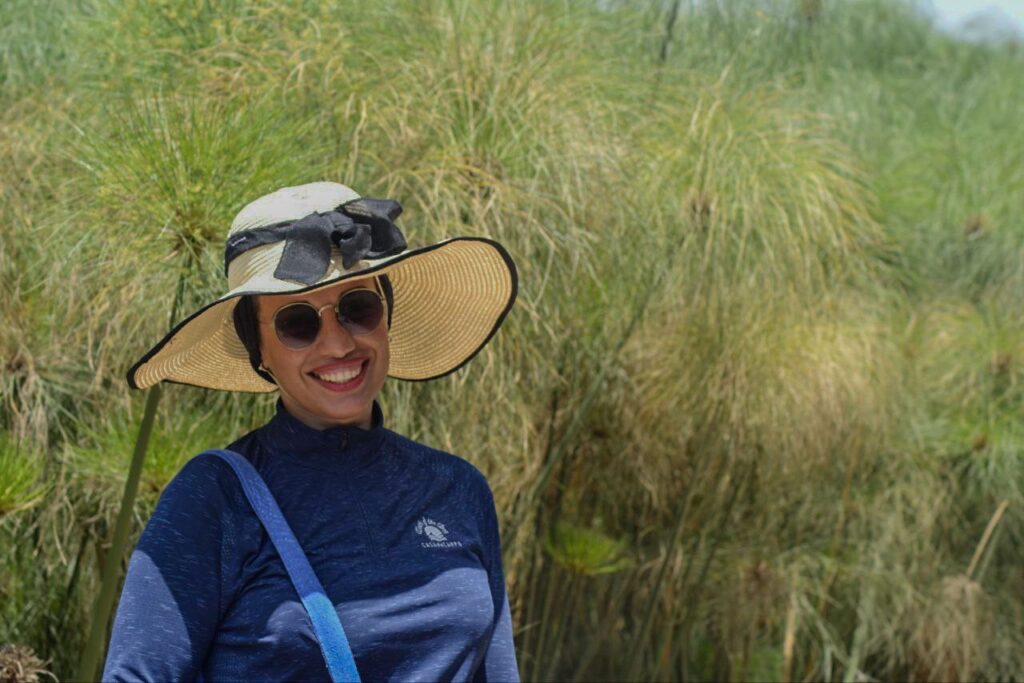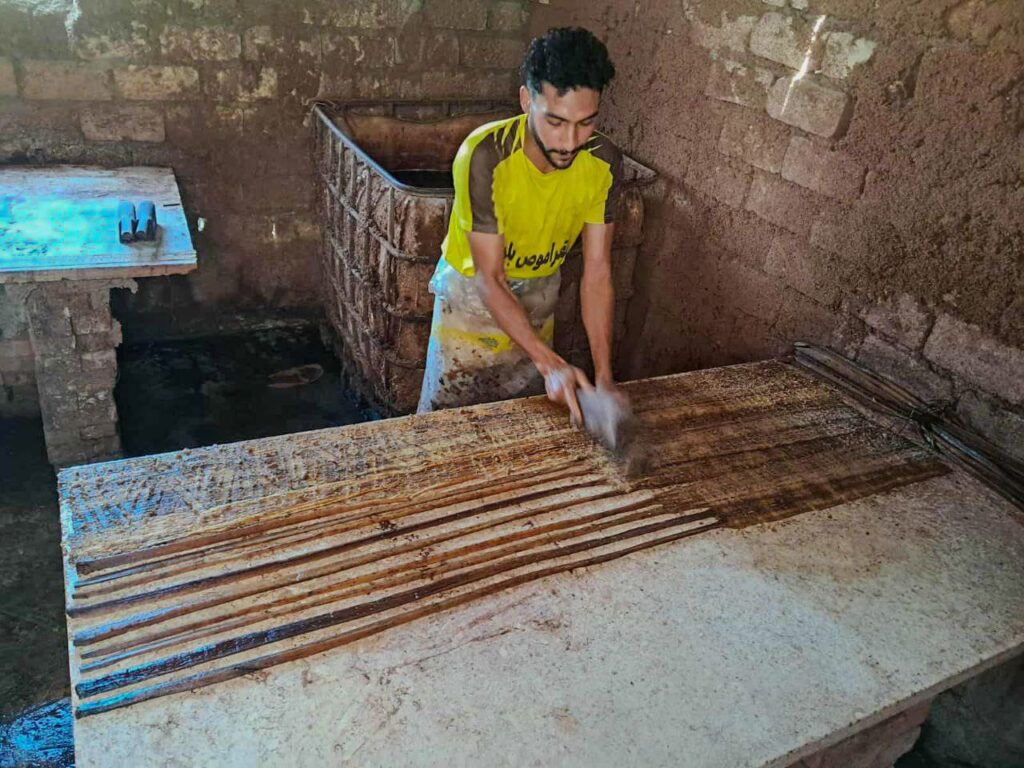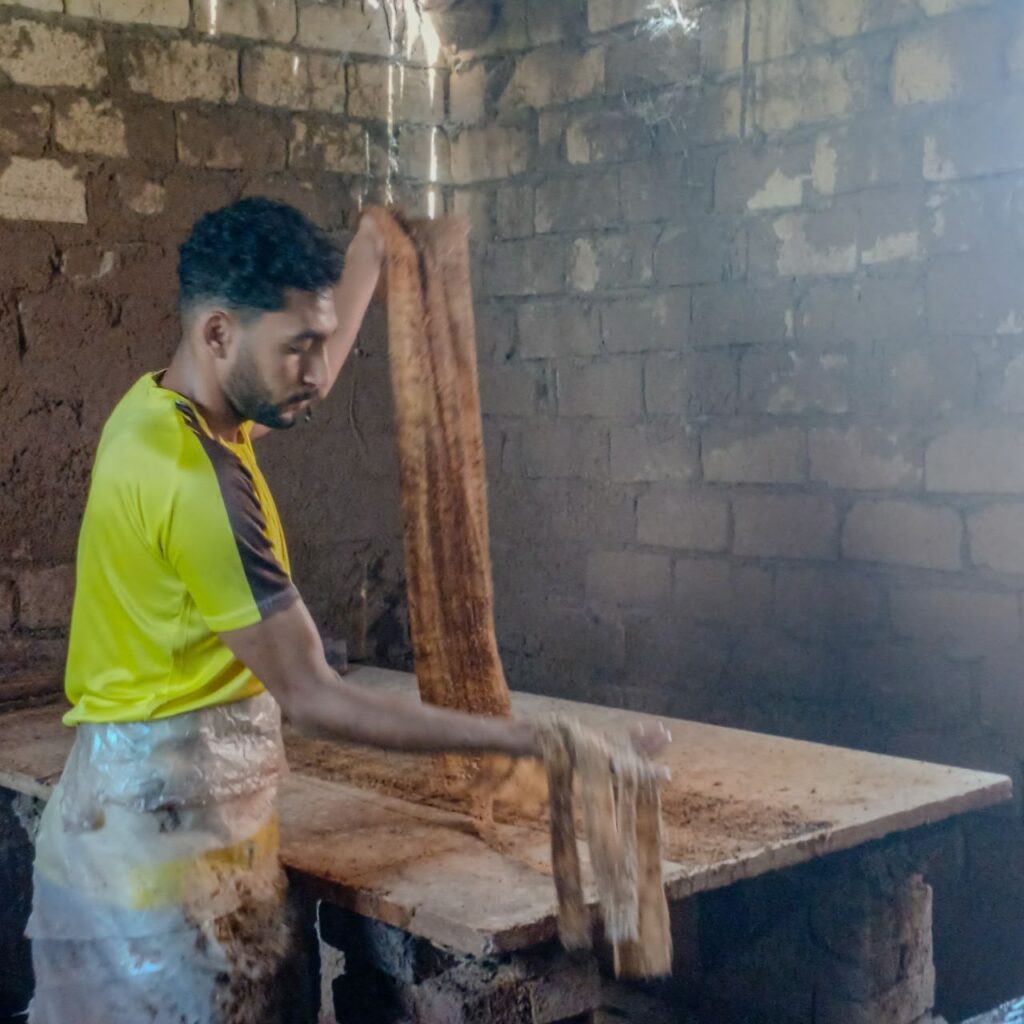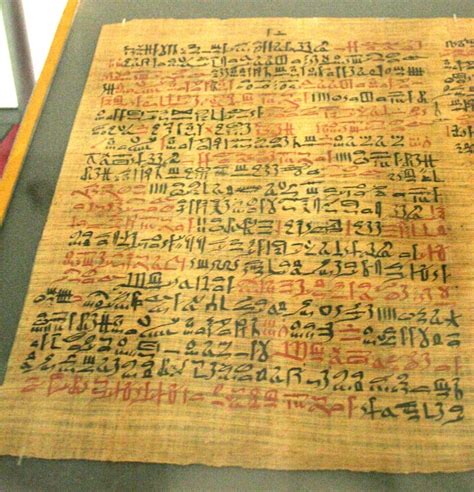The Paper that Built a Civilization: The Story of Papyrus between Survival and Disappearance
By Dr. Heba Hassan Amer – Museum Curator and Head of Education Department, National Museum of Alexandria (Egypt, ITP 2024)

Dr. Heba Hassan Amer.
Not all heritage journeys begin inside museums. Sometimes, they begin in the soil — in a quiet Egyptian village nestled in the heart of the Nile Delta, where heritage still lives, practiced by hand rather than preserved behind glass. During my visit to Al-Qaramous village, in Sharqia Governorate, I didn’t just witness a traditional craft — I stepped into a living story. A story where a sheet of paper once shaped a civilization… and today struggles to survive.
There are no signs here declaring “World Heritage,” no high-tech displays showing the past. Instead, I found humble, open-air workshops, with wooden tables, mallets, boiling copper pots over wood fires, and elderly artisans passing their skills to younger hands — crafting history, strip by strip.


Papyrus plant.
I watched the process unfold: the papyrus plant, carefully cultivated and harvested, then peeled and sliced into fine strips. These strips are soaked in water until soft, then boiled for over fifteen hours on a wood fire. Once softened, they’re pounded with wooden mallets and arranged in two layers — vertical and horizontal — like a woven fabric of time. Pressed and dried under the Egyptian sun, they become a new sheet, filled with the soul of the land.



A worker demonstrating the crafting process.
From this sheet, the memory of a nation is revived.
Papyrus was never just a surface for writing — it was a partner in building a civilization. On these sheets, ancient Egyptians recorded their earliest medical knowledge, documented surgical procedures, and inscribed the sacred spells that opened the gates of the afterlife. Among the most iconic examples is the Ani Papyrus — a richly illustrated funerary scroll from the 13th century BCE, containing chapters from the Book of the Dead, guiding the soul through the underworld to eternal peace.
None of these stories — or the documents that preserved them — would have endured without small workshops like those in Al-Qaramous.
Even after thousands of years, this village still holds the secret — the full cycle of papyrus making, from planting to finished sheet. And today, it is more than a craft: it is a form of resistance. Resistance against forgetfulness, against the pressures of modernity, and against the looming threat of extinction. It is now confirmed that Sharqia Governorate is working to document and nominate this rare heritage for inscription on UNESCO’s List of Intangible Cultural Heritage, in recognition of its cultural and historical value.

Papyrus of Ani.
Heritage, no matter how revered, cannot be safeguarded by museums alone. It survives through practice, through storytelling, and through education. Traditional crafts like papyrus making do not live in books — they live in hands, in communities, and in those who believe they are worth preserving.
And from a village like Al-Qaramous, a new sheet may still emerge — not merely to hold ink, but to carry the spirit of Egypt. A sheet that tells a story, illuminates identity, and declares to the world: our heritage is not just alive…It is ready to be written again.
